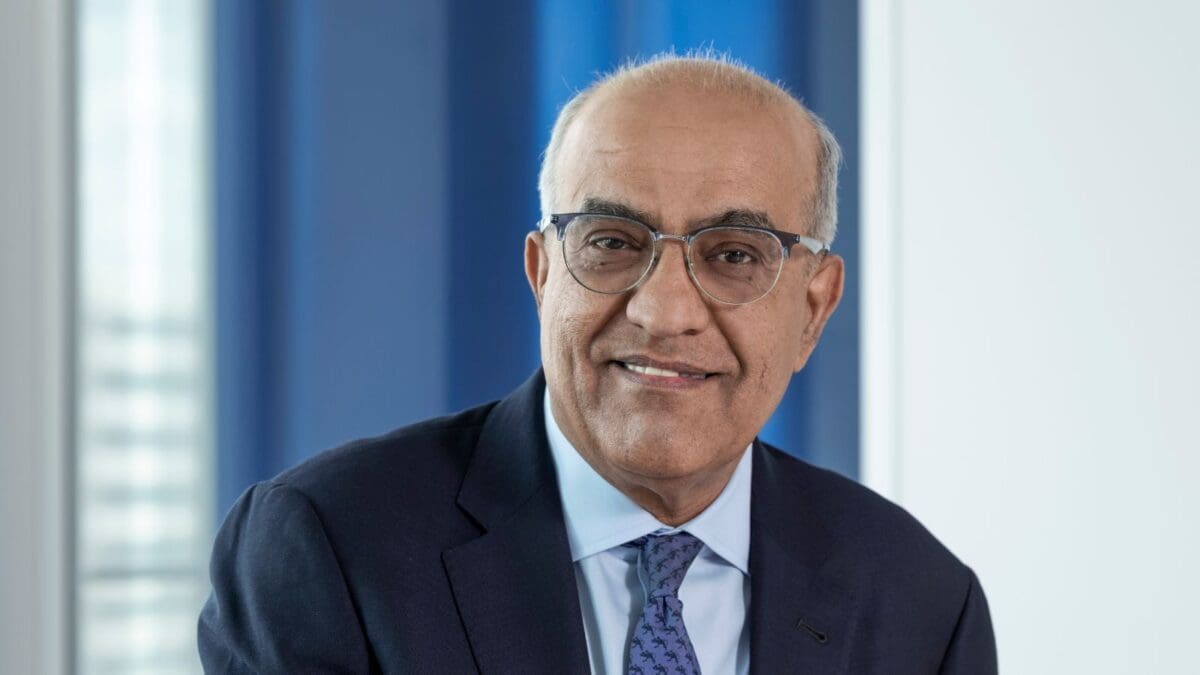The unanswered question still hanging over markets
Markets are not paying “sufficient attention” to how central banks get the vast amounts of debt on their balance sheets off them now that the Covid crisis has abated, according to Amundi Investment Institute global head of macroeconomics Mahmood Pradhan. Over the next 5-10 years, central banks could ask the market to absorb a lot more debt.
“Whether central banks can do it in an orderly way and not upset the market or lead to acute stress in the market or tighter financial conditions – that’s an open question,” Pradhan tells ISN.
The answer to that question depends quite a lot on how much more debt governments plan on issuing. Total government debt stands at around $33.5 trillion today. The bipartisan Congressional Budget Office forecasts that figure to be well over $50 trillion by 2033.
“That is quite large,” Pradhan says. “It seems to me, at least, that the market will be holding a lot more debt. Can the Fed, which holds about $8 trillion at the moment, continue reducing its balance sheet when the market is being asked to absorb so much more debt from the US government?”
“As yet, we do not see signs of governments reining in spending and raising taxes… As governments issue more debt you see that they’ll have to pay higher costs to borrow that money, and that is happening to some extent. In the short-term, if we see inflation continuing to make progress on the way down, longer term interest rates will come down. Beyond that, one would worry about more debt that the market needs to absorb.”
There are two other paradigm shifts to contend with. First, governments’ ability to deal with fiscal shocks is going to be constrained “in very large parts of the world”. Second, the rate of return on assets considered to be safe – bonds – is moving back into a normal range.
“That has implications for the valuation of equities because it has an implication for the equity risk premium. It means equity valuations have to be lower as we end up with higher interest rates. And it has a lot of implications for some other asset classes that have, over the last 10-15 years, grown in size significantly.”
Chief among those asset classes is private equity. The business model of private equity is going to face a “different environment”, Pradhan says. Prior to Amundi, Pradhan was responsible for the European Department of the International Monetary Fund (IMF) and also helped manage the organisation’s staff pension fund. Private equity investments made up around five per cent of the portfolio, but over a 10-15 year observation period they were generating “nothing like” a reasonable return given the illiquidity.
“The illiquidity premium we added over and above what you’d expect to earn in the public equity market was something like 3-4 per cent,” Pradhan says. “Over time we observed it coming down to one per cent. And that stayed and didn’t look like a reasonable, prudent investment – for a conservative pension fund. But that’s an example of expensive private equity became, and over the next 5-10 years I don’t see anybody willing to invest in private equity for an illiquidity premium of 1-2 per cent.”











